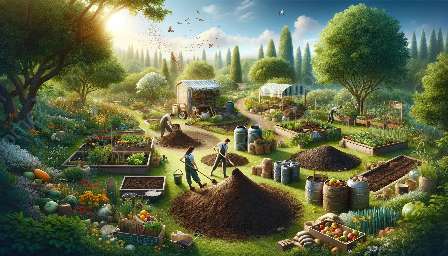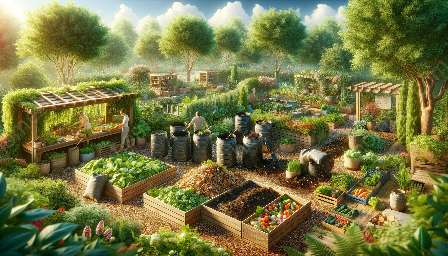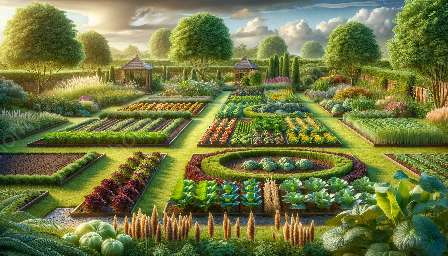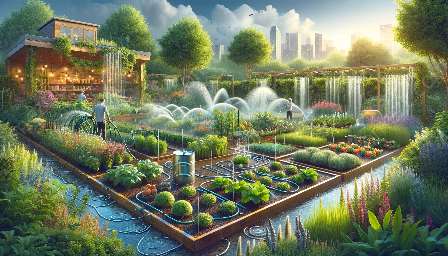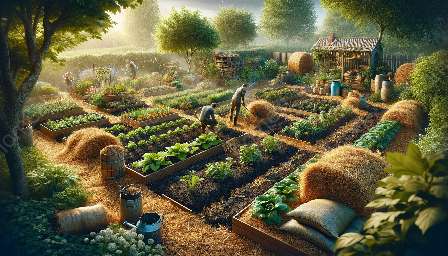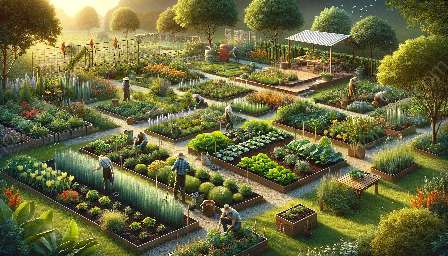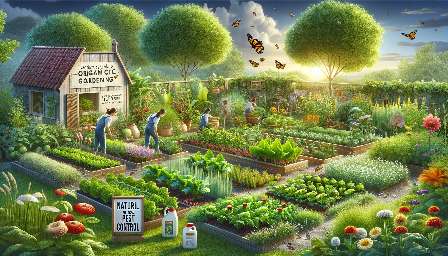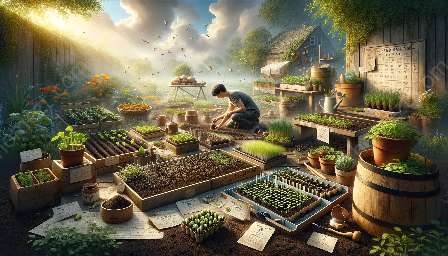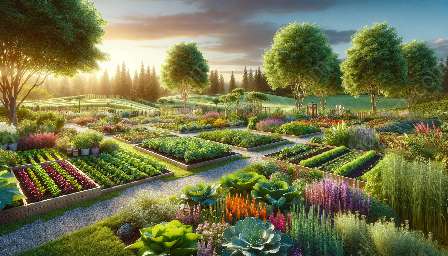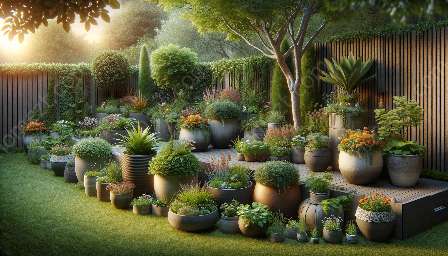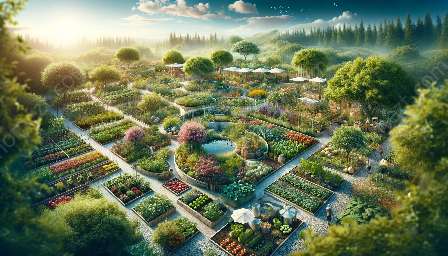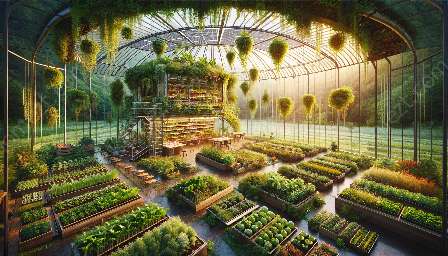Planting methods play a crucial role in organic gardening and landscaping. These methods encompass a wide range of techniques and practices aimed at cultivating plants in an eco-friendly and sustainable manner. Whether you are a novice gardener or an experienced landscaper, understanding different planting methods can enhance your ability to grow and maintain a thriving garden or landscape.
Understanding Organic Gardening
Organic gardening revolves around the principle of working with nature to create a harmonious and sustainable environment for plants to thrive. It focuses on nurturing the soil's health, promoting biodiversity, and avoiding the use of synthetic fertilizers and pesticides. When it comes to planting methods, organic gardening emphasizes the use of natural and eco-friendly techniques to support plant growth and overall ecosystem health.
Key Planting Methods for Organic Gardening
1. Companion Planting: This method involves planting different species of plants close to each other to provide mutual benefits, such as pest control, pollination, and nutrient enhancement.
2. Vertical Gardening: Utilizing vertical space to grow plants, this method is particularly useful for urban gardeners and those with limited horizontal space.
3. Polyculture: Growing a diverse range of plant species in close proximity to mimic natural ecosystems, thereby promoting biodiversity and reducing the risk of pest infestations.
4. Seed Saving: Collecting and preserving seeds from your plants to propagate future generations, promoting sustainability and self-sufficiency.
5. Sheet Mulching: Creating layers of organic materials such as cardboard, compost, and straw to suppress weeds, retain moisture, and improve soil fertility.
6. Intercropping: Planting different crops in the same area to maximize space, prevent soil erosion, and deter pests through natural diversity.
Landscaping Techniques in Harmony with Nature
When it comes to landscaping, incorporating organic planting methods can significantly enhance the ecological balance and aesthetic appeal of outdoor spaces. Here are some key techniques:
1. Rain Gardens: Designing gardens to capture and absorb rainwater runoff, reducing soil erosion and supporting native plant species.
2. Xeriscaping: Using drought-resistant plants and efficient irrigation techniques to create landscapes that require minimal water maintenance.
3. Permaculture Design: Applying principles of permaculture to landscape design, integrating productive plants, beneficial insects, and animal habitats within the overall layout.
4. Green Roofs and Living Walls: Incorporating vegetation on building structures to improve insulation, reduce urban heat islands, and enhance biodiversity.
By implementing these organic gardening and landscaping methods, individuals can not only create beautiful outdoor spaces but also contribute to environmental conservation and sustainable living. Embracing these techniques fosters a deeper connection with nature and promotes the well-being of both people and the planet.

